Temperature sensor
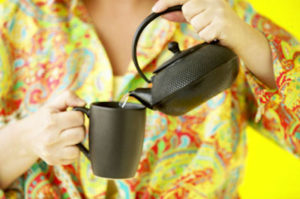 In this activity students record temperature during a cooling process of hot water and check the validity of Newton's law of cooling for the collected data
Activity Newton’s law of cooling (demo)
In this activity students record temperature during a cooling process of hot water and check the validity of Newton's law of cooling for the collected data
Activity Newton’s law of cooling (demo)
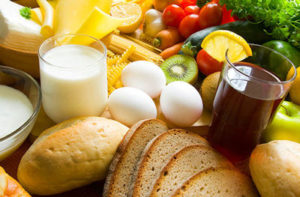 This is an activity in which different student groups can investigate different items of food. A sample of a food of known mass is burned, heating a calorimeter. Students record the temperature of water heated in the colorimeter, calculate the energy transferred to the water, and hence estimate the energy present per unit mass of food.
Activity Energy content of food (demo)
This is an activity in which different student groups can investigate different items of food. A sample of a food of known mass is burned, heating a calorimeter. Students record the temperature of water heated in the colorimeter, calculate the energy transferred to the water, and hence estimate the energy present per unit mass of food.
Activity Energy content of food (demo)
 In this activity students measure the temperature change in four chemical reactions and classify the reactions as exothermic or endothermic.
Activity Endo- and exothermic reactions (demo)
In this activity students measure the temperature change in four chemical reactions and classify the reactions as exothermic or endothermic.
Activity Endo- and exothermic reactions (demo)
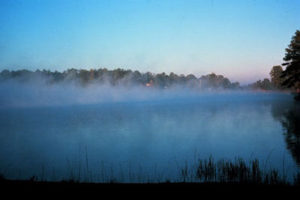 In this activity students investigate the process of evaporation and use a temperature sensor to record temperature changes during evaporation of water and alcohol.
Activity Evaporation of water (demo)
In this activity students investigate the process of evaporation and use a temperature sensor to record temperature changes during evaporation of water and alcohol.
Activity Evaporation of water (demo)
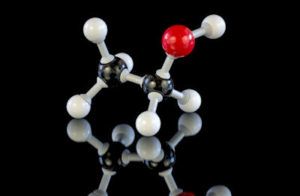 In this activity students investigate process evaporation. They use a temperature sensor to record temperature changes during evaporation of alcohols. They investigate how the molecular mass of evaporating alcohol affects the rate of evaporation.
Activity Evaporation of alcohols (demo)
In this activity students investigate process evaporation. They use a temperature sensor to record temperature changes during evaporation of alcohols. They investigate how the molecular mass of evaporating alcohol affects the rate of evaporation.
Activity Evaporation of alcohols (demo)
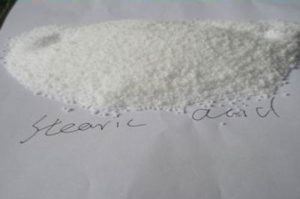 In this activity, the cooling of stearic acid, changing from liquid to solid is studied. Students record the temperature of stearic acid as it cools.
Activity Cooling curve of stearic acid (demo)
In this activity, the cooling of stearic acid, changing from liquid to solid is studied. Students record the temperature of stearic acid as it cools.
Activity Cooling curve of stearic acid (demo)
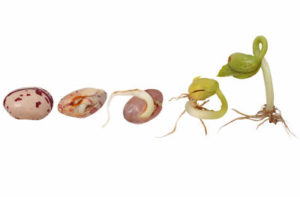 In this activity students investigate whether plants also respire. Most people know that animals respire but what about plants? By making use of germinating seeds, and a CO2 sensor, the respiration of plants seeds can be measured.
Activity Respiration of plant seeds (demo)
In this activity students investigate whether plants also respire. Most people know that animals respire but what about plants? By making use of germinating seeds, and a CO2 sensor, the respiration of plants seeds can be measured.
Activity Respiration of plant seeds (demo)